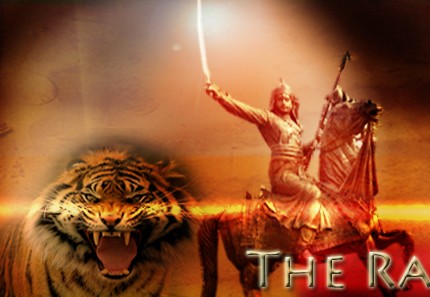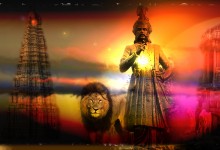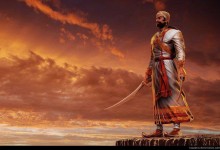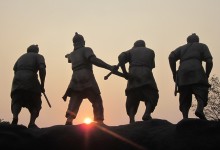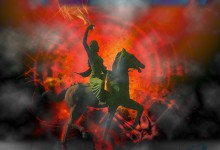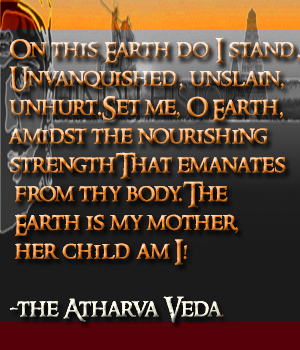Posts Tagged ‘jammu’
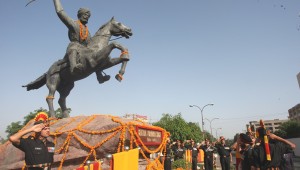
The Legend of General Zorawar Singh
Atop the rooftop of the world – standing before serene waters of Lake Mansoravar on the Himalayan Plateau the crisp mountain air was broken with the cries of ‘Har Har Mahadev’. A band of Hindu warriors, bloodied and b...

